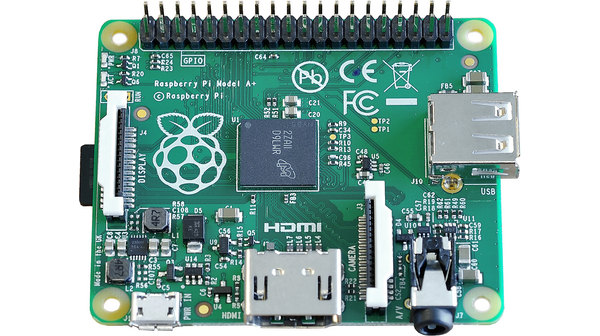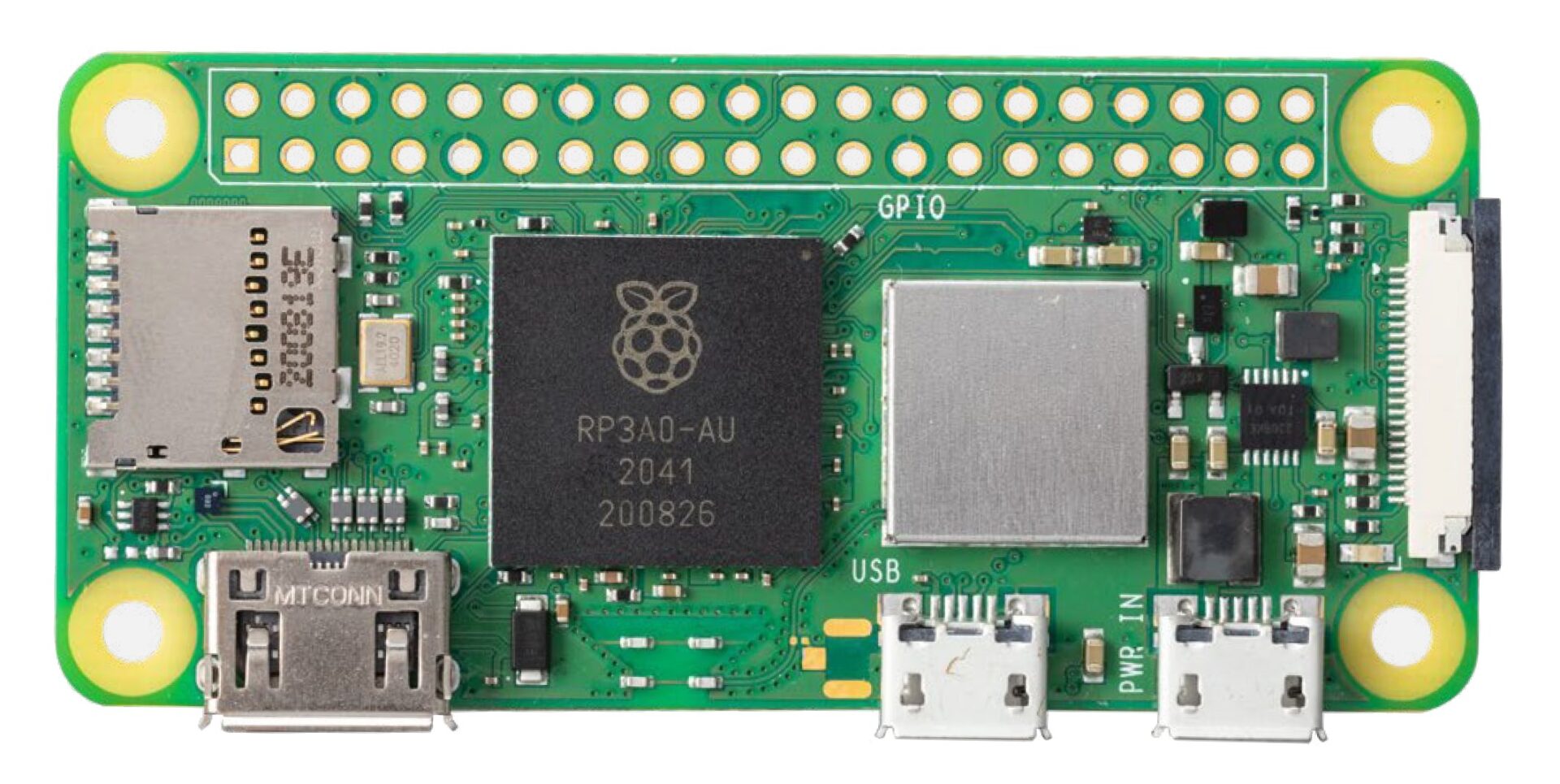Raspberry Pi is the name of a progression of single-board PCs made by the Raspberry Pi Foundation, a UK charity that aims to instruct individuals in computing and make computer education easily accessible.
People from all over the world use the Raspberry Pi to master programming skills, create hardware projects, do home automation, execute Kubernetes clusters and Edge computing, and even use them in mechanical applications.
The Raspberry Pi is an extremely cost-effective computer that runs Linux, yet it gives a bunch of GPIO (general purpose input/output) pins, permitting you to control electronic parts for actual processing and explore the Internet of Things (IoT).
Best Raspberry Pi For Your Projects
In this article, we have jotted down the ideal Raspberry Pi for your chosen ventures. Let’s take a look at them below.
Raspberry Pi 4
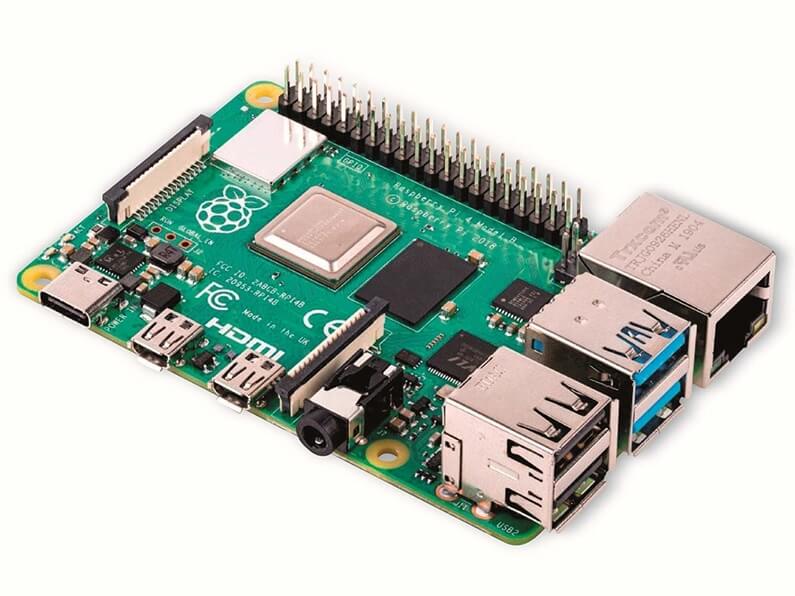
Raspberry Pi 4 has the most noteworthy features, so this should be an intelligent choice for your ventures. It’s truly an amazing Pi.
With the ability to run two screens at 4k resolution thanks to its blazing fast clock speeds and RAM, this is the model to get for speed and power! It is equipped with both Wi-Fi and Bluetooth so connectivity is never an issue.
Pi 4’s price tag is dependent on your RAM requirements with options of up to 8 GB. However, more isn’t really useful in every case. There’s no point in spending on something which will not be used.
In case you’re planning a basic artwork or utilitarian venture, 2 GB of RAM would more than suffice. This might incorporate open browser tabs, video clips in a video editor, code that is effectively being composed or arranged, etc. If you plan to utilize your Pi for more intensive work or processing, then you can go for higher options.
Features:
- Pros: Blazing fast speed with dual screens.
- Cons: Mini-HDMI ports might not work with your old Pi model cables.
- Ideal for: Computer vision and gaming console, Desktop PC.
Raspberry Pi 3
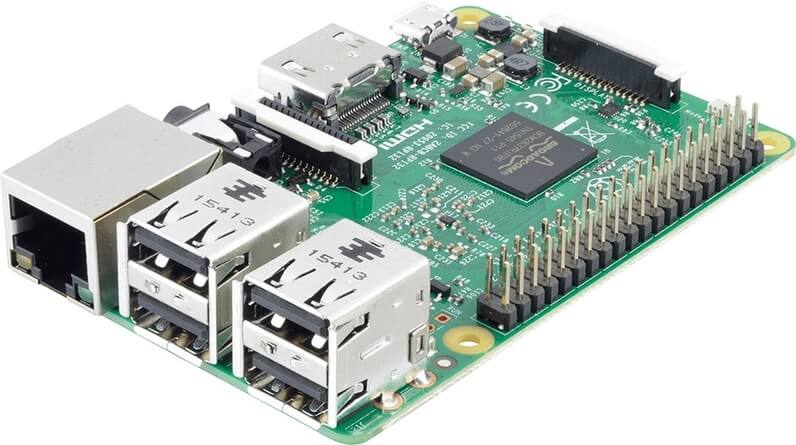
Thanks to all the work to iron out its Raspbian operating system, the Pi 3 will give you a truly amazing desktop PC experience. The boot time is a matter of a few seconds and browsing is a super smooth experience.
Pick a game like Minecraft and creating your fantasy world is a breeze! Even intensive applications like Mathematica or LibraOffice are handled with ease; just like they should be on a good PC!
It’s likewise ideal for retro gaming emulation and is available for only $35.
Using OpenCV for computer vision, which was previously a hassle on systems such as the Pi 1, is now easily manageable.
Features:
- Pros: A powerhouse with a price tag you can’t ignore!
- Cons: Can consume a lot of energy.
- Ideal for: Computer vision and as a gaming emulator.
Raspberry Pi 2
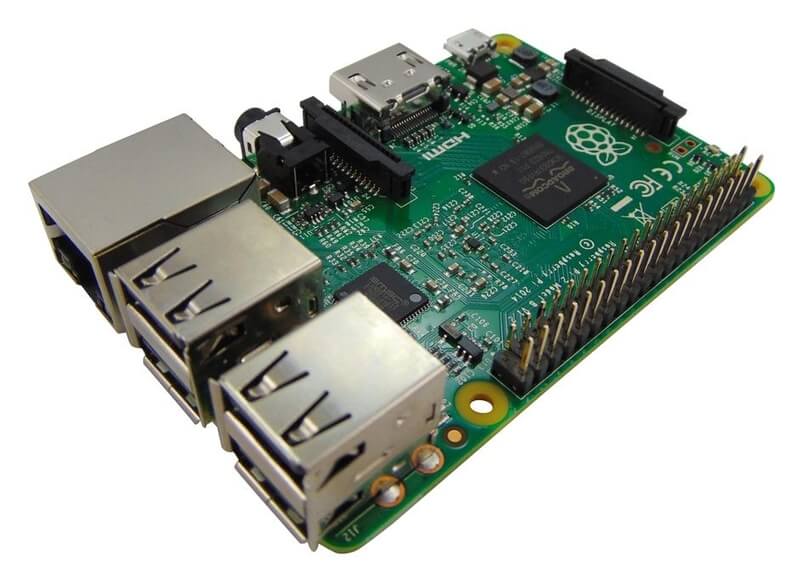
Most people who own a Pi 2 own the original BCM2836-based Model B. As of late, the Pi 2 CPU was upgraded to the same CPU found in Pi 3. This brings Wi-Fi and Bluetooth to Pi 2!
People who owned both the traditionally divided models work in such a manner that all projects requiring wireless connectivity are delegated to the Pi 3. Thanks to this upgrade, you don’t have to worry about that anymore!
The Pi 2 will almost replicate the performance of a Pi 3 thanks to the same amount of RAM and GPU power.
The upgrade makes the Pi 2 suitable for gaming emulation, video playback, and general use as a desktop PC.
Features:
- Pros: Fast, great value for money
- Cons: Roughly a similar cost as Pi 3, lacking remote availability.
- Ideal for: Desktop PC, media center web server, gaming emulator.
Raspberry Pi 1 Model B+
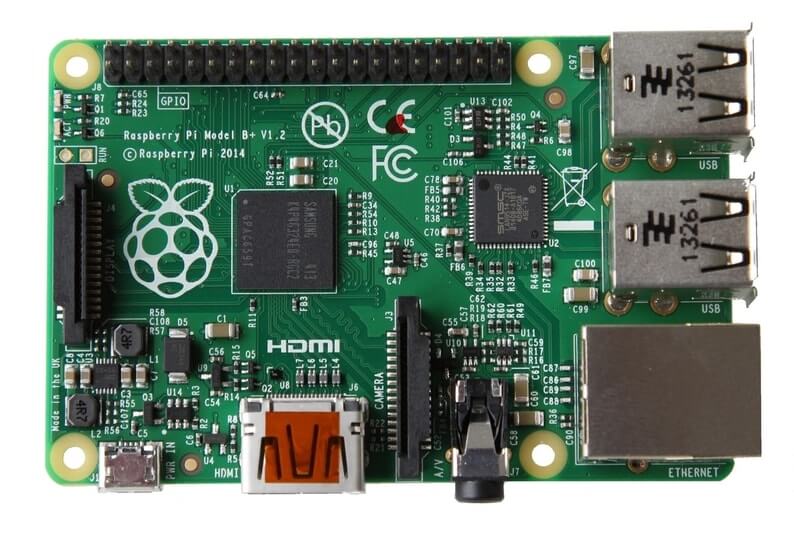
Although if you compare spec by spec, the Model B+ would come off as just a minor upgrade from its predecessor, it adds 2 USB ports and increases the GPIO header to 40 pins! There’s also a brand new form factor ideal for building around.
The B+ is totally acceptable at most routine errands, however there’s a noticeable laziness when utilizing intensive applications like the internet browser when contrasted with the quad-core models.
Since each Pi has a similar GPU, they all play HD video easily, so utilizing it as a media center is a decent choice. The main thing you’ll see is the menus will not work very as easily as the Pi 2 or 3.
The 40-pin GPIO header gives you the liberty to play with HATs or alternatively use it for your electronic projects. You have ethernet and can add Wi-Fi and Bluetooth simply through the four USB ports.
Its exquisite plan dropped some troubling parts from the first Pi and neatened up the format of the board, making it all the more engaging.
The Pi 1 CPU has been utilized in a large number of units. It’s one of the best single-board PC SoC you’ll find on the market.
The B+ is also certified for space flight! Tim Peake went to the International Space Station this year as part of the Astro Pi schools’ competition, which is expanding into a European-wide competition.
Features:
- Pros: Standard form factor, soundness, cost.
- Cons: Slower and not as powerful as the other models, no wireless connectivity.
- Ideal for: Media center, GPIO projects, advanced mechanics, data displays, International Space Station missions.
The A+ is a thinned-down form of the B+ with the bank of USB ports and ethernet jack eliminated and replaced by a solitary USB port. At $20, it’s less expensive than the primary models and still a decent buy.
If you don’t care about it lacking WiFi connectivity or it being a bit lazy on the desktop, you’ll coexist fine with the A+.
In case it was your main Pi, you’d presumably be baffled with it, however, you can do your programming on a Pi 3 and convey the code to the A+ to profit from its more modest size.
It’s not as small as the Pi Zero, but rather it has a regular USB port and HDMI port, making it simple to interface up the fundamental peripherals. Also, assuming you need to implant it inside something like a robot, it’s not very massive, which is pleasant.
Features:
- Pros: Standard form factor, size, weight, dependability, cost.
- Cons: Less powerful and sluggish than different models, one USB port, no wired or wireless network.
- Ideal for: High altitude ballooning, wall display, robotics.
The Pi Zero is the smallest, lightest, least expensive Pi accessible. It’s not accessible in mass (generally one for each client), so it’s not great in case you need loads of them, but rather ideal for installed projects that don’t depend on local availability, however, you can generally add a Wi-Fi or Bluetooth dongle.
It is equipped with 512MB RAM, giving it a shockingly sensible desktop experience. As far as power use, it’s one of the most reduced, around equivalent to a Model A+.
Since the Pi Zero has a camera interface, it’s ideal for projects like high-altitude ballooning, where size and weight truly count.
The Pi Zero isn’t reasonable for use as a broadly useful computer, as you need connectors to change over from little HDMI and micro USB, in addition to a USB center, this could in any case work out less expensive than a standard Pi! Like the A+, the Zero is ideal as a gadget to send code to from another.
Features:
- Pros: Price, size, weight.
- Cons: Limited accessibility, no WiFi availability, unpopulated GPIO header.
- Ideal for: High-altitude ballooning, miniature robotics, undercover work.
Conclusion
Do you have an old Pi sitting in your workspace? It may very well be ideal for one of your ventures. If you needn’t bother with the speed or force of a Pi 3, don’t have to add a HAT, and needn’t bother with all the GPIO pins, your old 2012 Raspberry Pi will cheerfully do your work for you.
Haul it out of the cabinet, dust it off, and have it accomplish something! These old Pis are ideally suited for NAS drives, file servers, IoT home automation systems, and the sky’s the limit from there.

